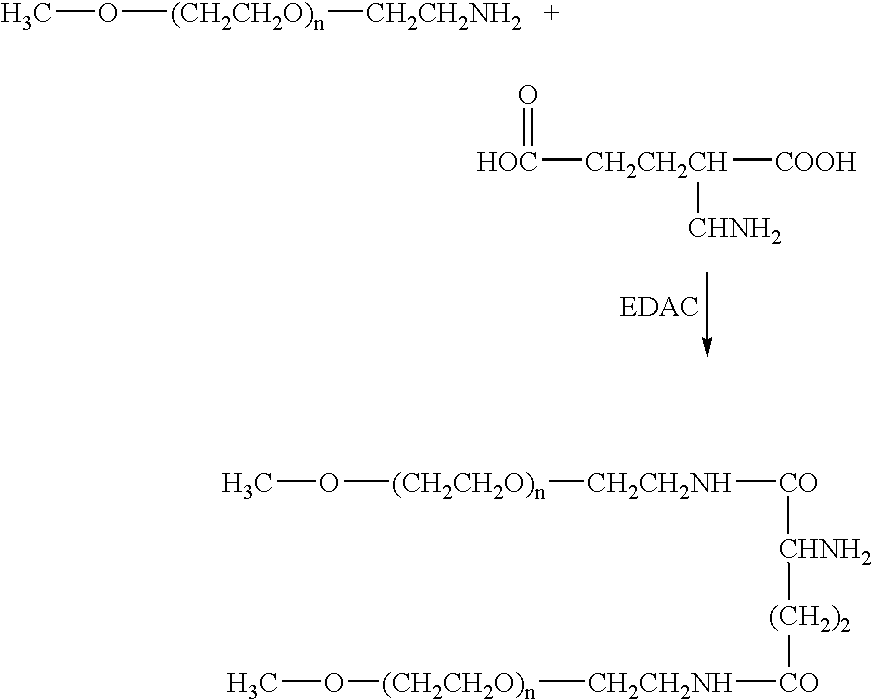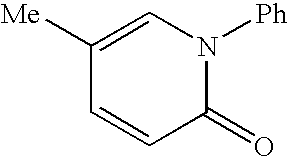Combination Therapy for Treating Hepatitis C Virus Infection
a technology of hepatitis c virus and conjugation therapy, applied in the field of viral infection, can solve the problems of 40% to 50% of patients who fail therapy, patients currently have no effective therapeutic alternative, non-responders or relapsers, etc., to reduce the incidence of complications, reduce viral load, and reduce the time to viral clearance
- Summary
- Abstract
- Description
- Claims
- Application Information
AI Technical Summary
Benefits of technology
Problems solved by technology
Method used
Image
Examples
Embodiment Construction
[0068] The present invention provides methods of treating hepatitis C virus (HCV) infection; methods of reducing the incidence of complications associated with HCV and cirrhosis of the liver; and methods of reducing viral load, or reducing the time to viral clearance, or reducing morbidity or mortality in the clinical outcomes, in patients suffering from HCV infection. The methods generally involve administering to the individual i) a Type I interferon receptor agonist or a Type III interferon receptor agonist; ii) an immunomodulatory agent; and iii) an inhibitor of an HCV enzyme.
[0069] Without intending a limitation to any particular mechanism, the present invention arises in part from the discernment of an adverse effect that the inhibition of NS3 will have on cytotoxic T lymphocyte (CTL)-mediated clearance of virally infected tissue. The adverse effect on CTL activity is believed to originate from the pleiotropic effects of Type I interferon receptor activation, which include th...
PUM
| Property | Measurement | Unit |
|---|---|---|
| prothrombin time | aaaaa | aaaaa |
| molecular weight | aaaaa | aaaaa |
| molecular weight | aaaaa | aaaaa |
Abstract
Description
Claims
Application Information
 Login to View More
Login to View More - R&D
- Intellectual Property
- Life Sciences
- Materials
- Tech Scout
- Unparalleled Data Quality
- Higher Quality Content
- 60% Fewer Hallucinations
Browse by: Latest US Patents, China's latest patents, Technical Efficacy Thesaurus, Application Domain, Technology Topic, Popular Technical Reports.
© 2025 PatSnap. All rights reserved.Legal|Privacy policy|Modern Slavery Act Transparency Statement|Sitemap|About US| Contact US: help@patsnap.com



